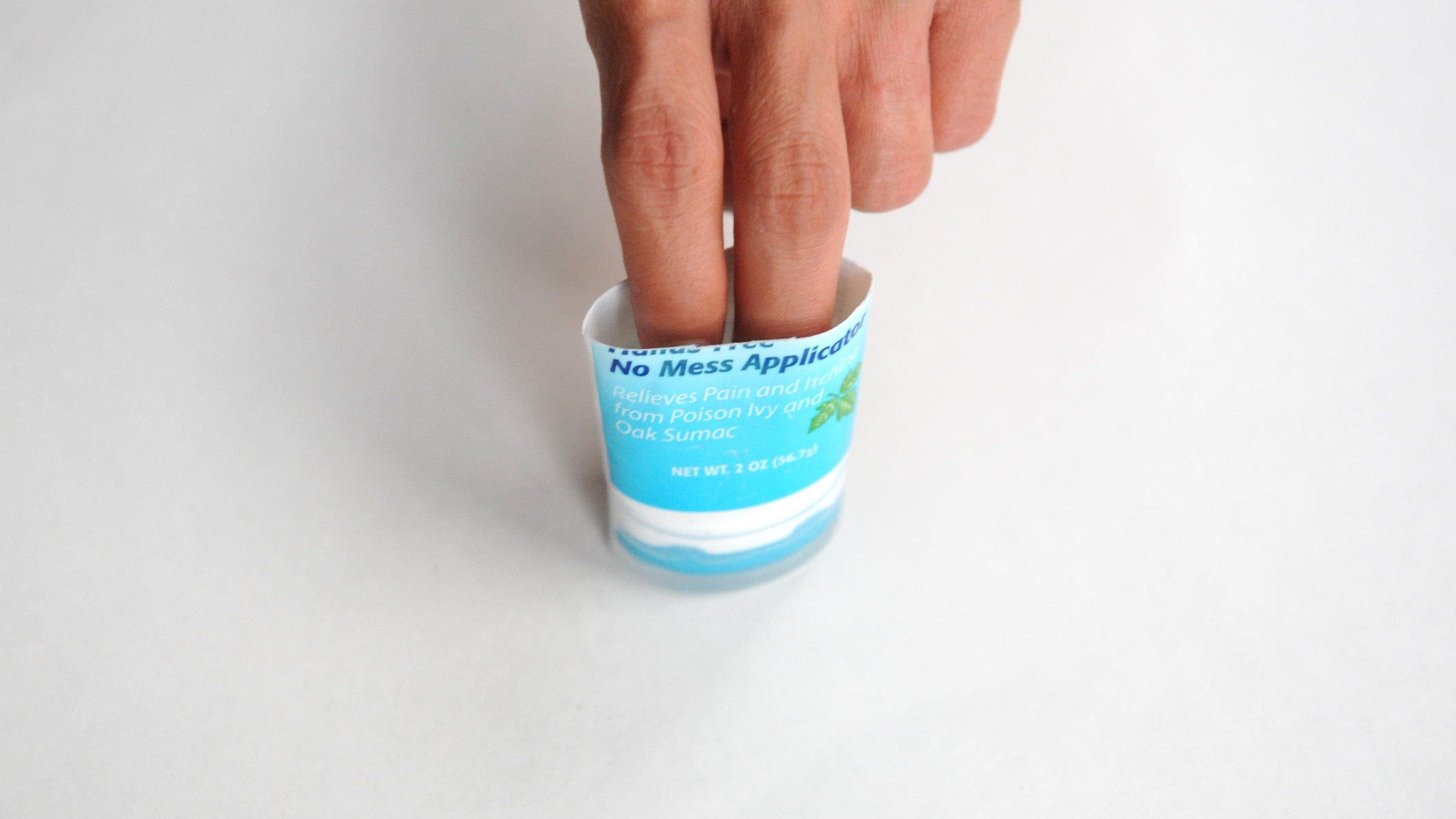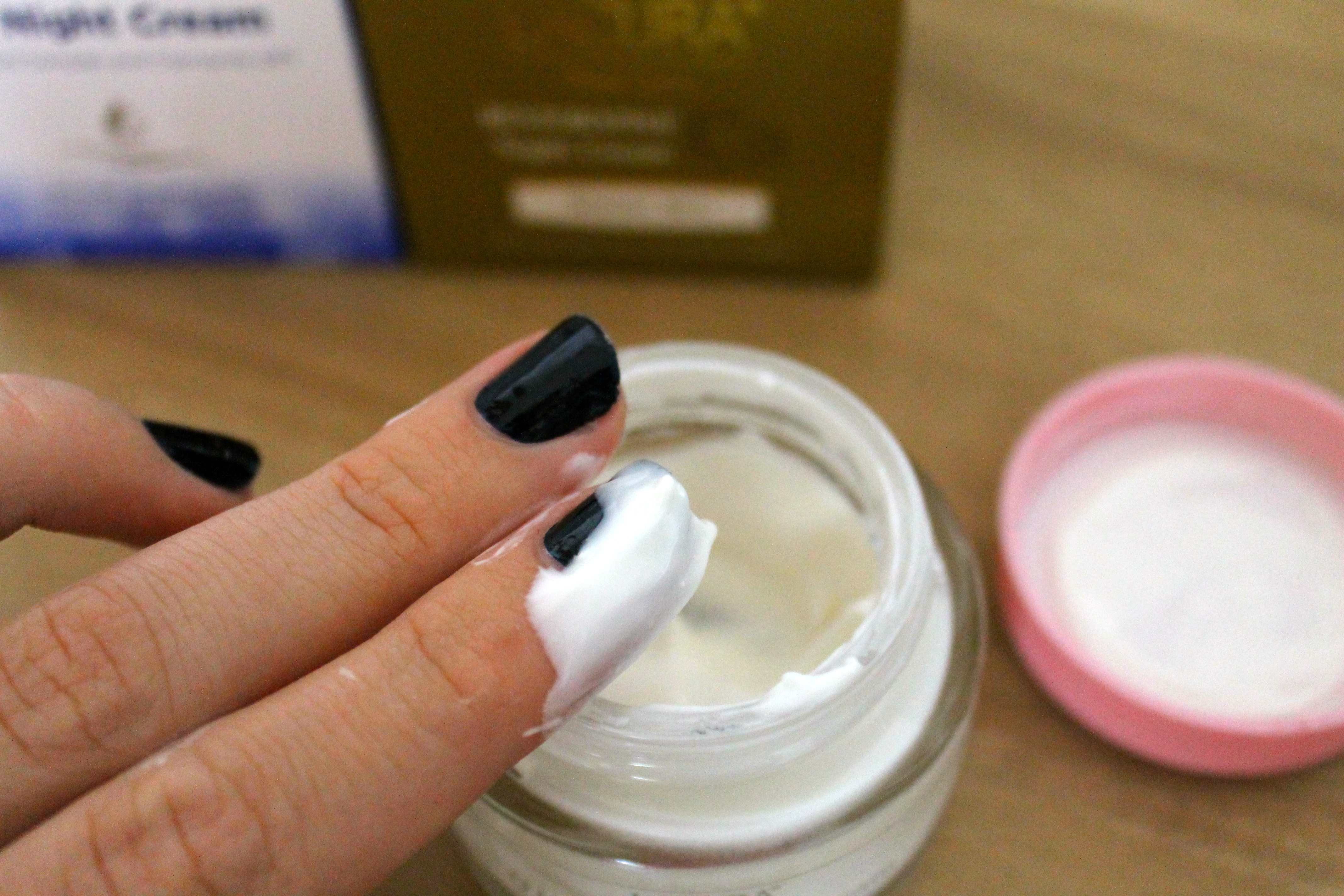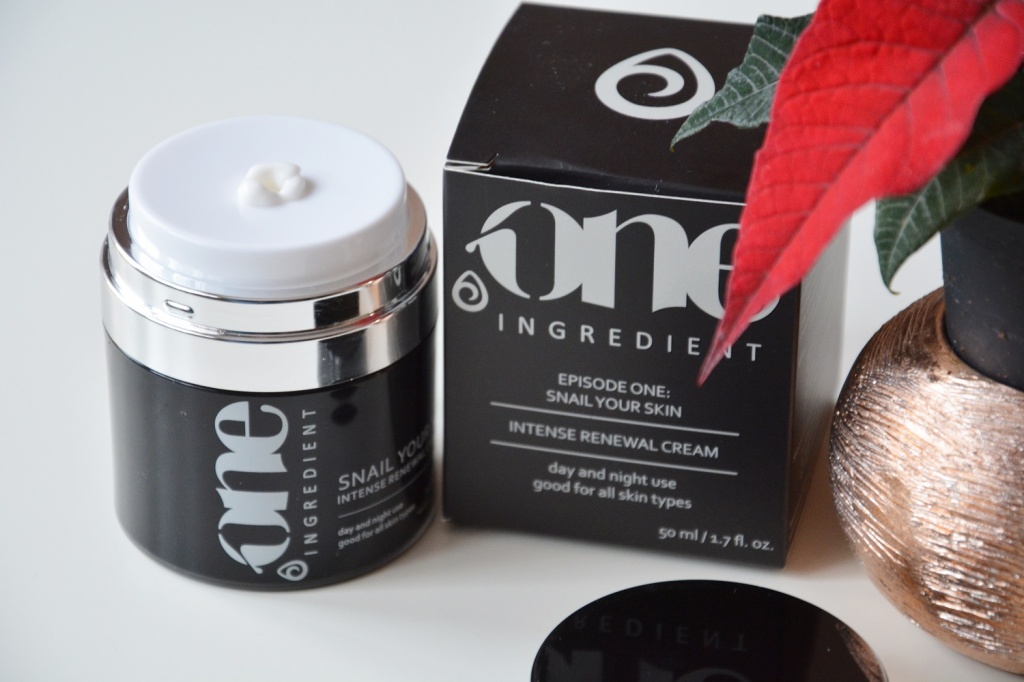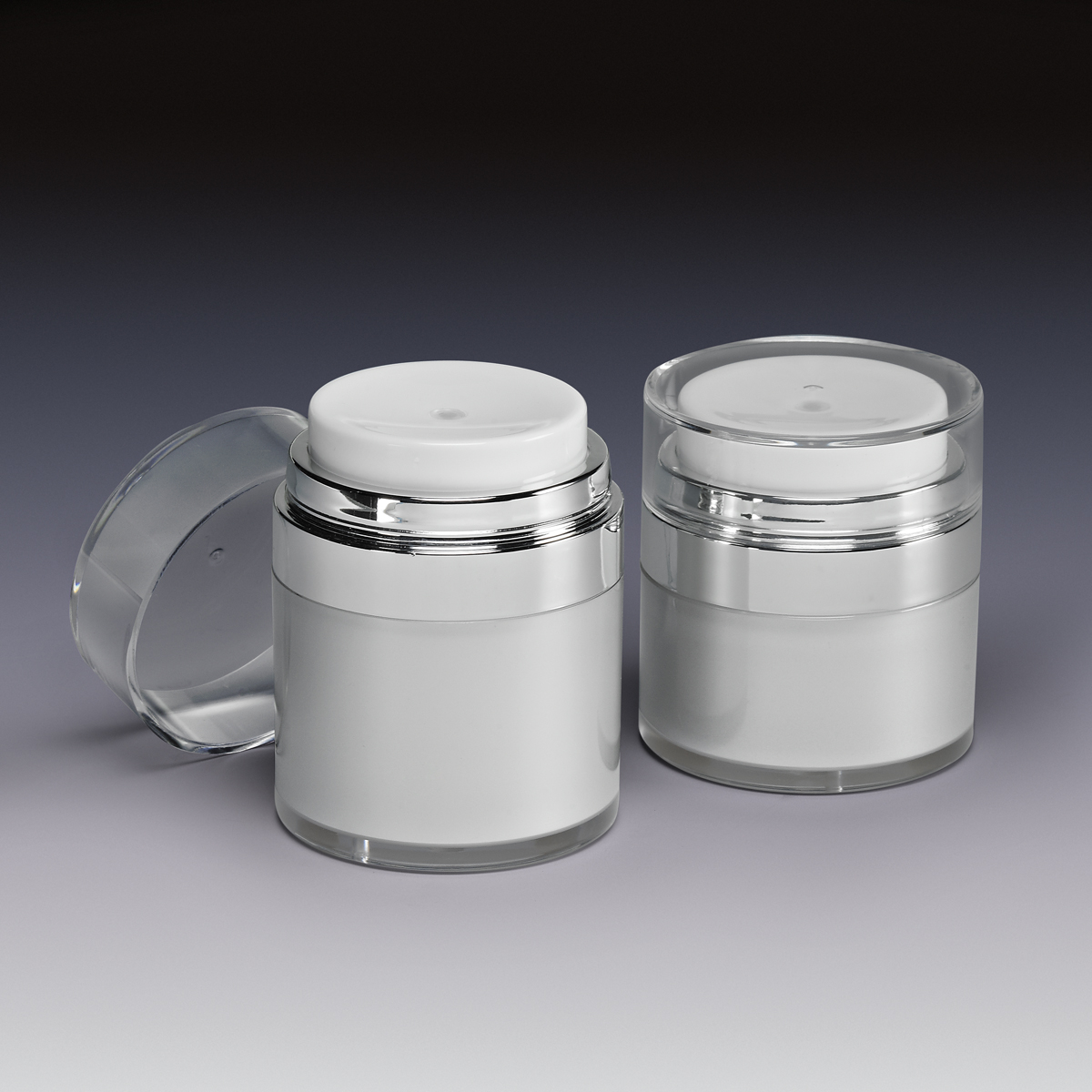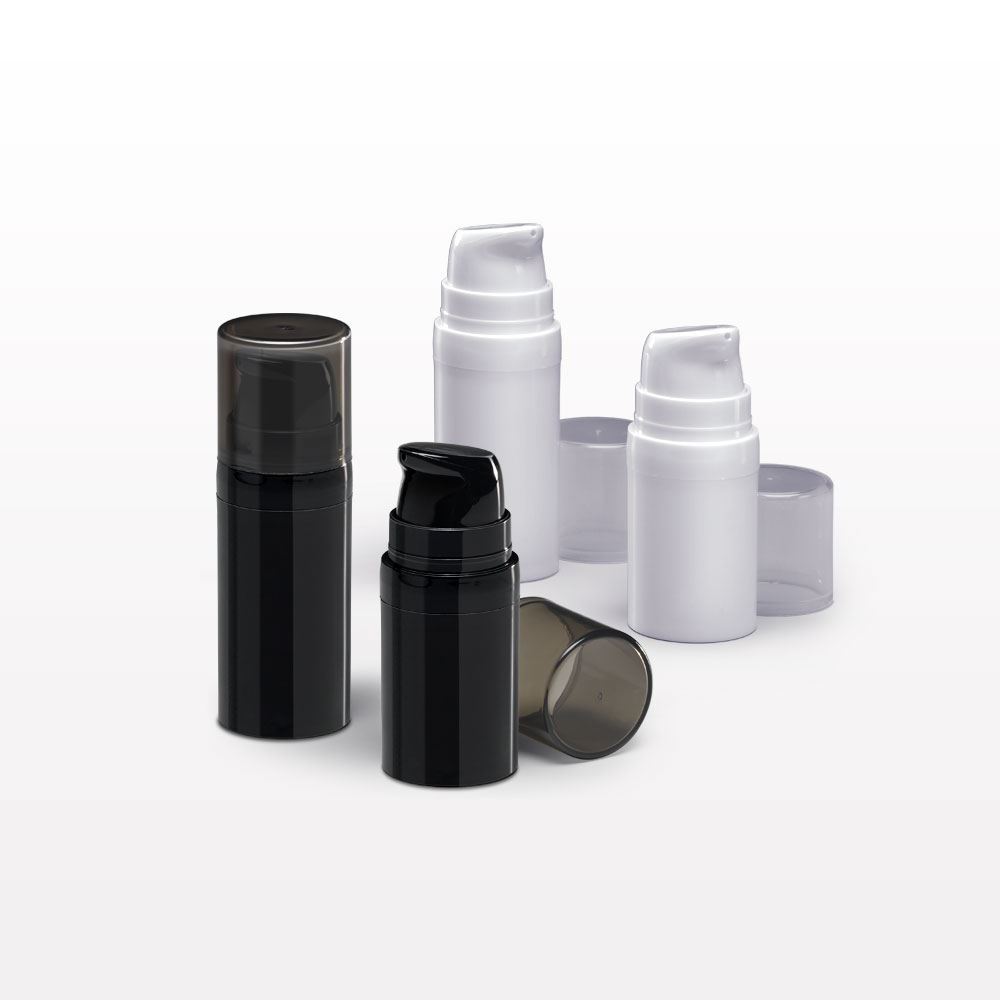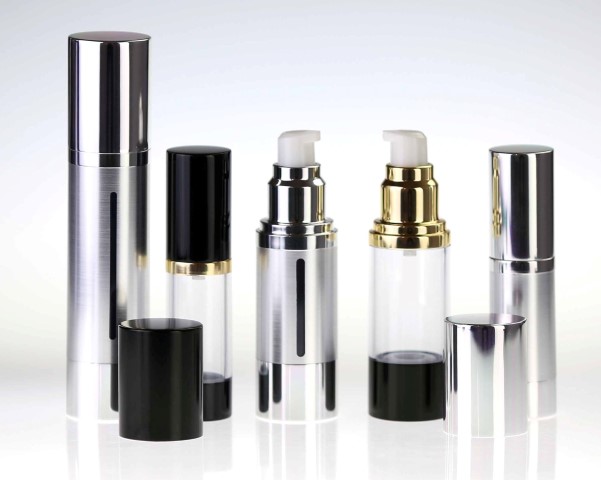
The fact that consumers are more and more aware of the products they buy means that the manufacturers feel constant pressure to improve the quality of their product offering. The same goes for the cosmetic industry. We can see certain tendencies in opting for natural ingredients, taking environmental measures or using packaging that ensures a long shelf life and easy application of the product. Such demands among the customers have caused the manufacturers to focus on innovative cosmetic packaging. They seek solutions in systems which improve the safety of storing and dosing the product.
But what does standard packaging lack?
Customers complain that the manufacturers take little care to secure the product properly. The truth is that many types of packaging do not provide appropriate conditions for long substance storage or maintain a sterile environment for the substance within the packaging. One of the problems of standard packaging is excessive exposure of the product to oxygen. This leads to quicker oxidation of the substance, and subsequently to its decomposition, and to the loss of the product’s valuable properties. Lack of effective protection against UV radiation is another problem in many types of packaging. The packaging is not lightproof and may expose the cosmetic substance to light with every opening of the package.
Problems with substance use and application
Customers also want manufacturers to improve the method of applying cosmetic products, as well as solve the problem of how to get all the substance from the packaging. Traditional cosmetic products with dip tubes have lots of disadvantages. When the customer wants to take the substance out, they let air into the packaging at the same time. There is also no way to get all the substance from the packaging, because it sticks to the walls and the corners of the container.
There are also several problems with white cosmetics which utilize jars for packaging. Every time such a jar is opened, its contents become exposed not only to light or oxygen but also to the bacteria which users carry on their fingertips. However, some manufacturers have already taken interest in packaging which facilitates the use of cosmetics, and have introduced it into the market.
Airless cosmetic packaging
One of the most rapidly developing packaging technologies is Airless packaging. Many manufacturers already have Airless packaging in their product offering. However, it seems that its popularity is still on the rise. What is Airless packaging? These are products which restrict access of oxygen to the cosmetic substance found in the packaging. The manufacturers also often provide additional advantages from using them. Airless containers consist of a small plate, which is drawn upwards when the user presses the pump. This movement pushes the substance evenly to the top. Airless packaging does not let air reach the substance. At the base of the packaging there is, however, a little hole which allows air to fill the space beneath the plate, as it moves upwards.
Importantly, not all products with the unique pump fitted as a dispenser instead of an atomiser are Airless products. Airless packaging must feature a plate, and allow air intake from the bottom of the container. Any packaging that uses a dip tube to take the cosmetic substance out is by definition not an Airless packaging. The trust that customers put in Airless packaging is so great that one can already find products which closely mimic their build to attract the customers’ attention.
Advantages of Airless packaging
The most important advantage of Airless packaging is restricting the contact of air with the cosmetic substance, which increases the shelf life of the product by up to 15%. The manufacturers who are aware of their target groups also try to add further preventive measures to impress their customers.
Opaque packaging protects the product against light and water evaporation. The application system also makes it impossible for the cosmetic substances to retract inside the container. There is no danger then that the substance will become contaminated with the bacteria found on one’s fingertips. Also, the product can now be used to its maximum, as it is possible to dispense 95-99% of the substance.
The strictest manufacturers even ensure that the products comply with ECOCERT norms. Some of these norms state that the cosmetic substances should not touch any plastic packaging elements. In these cases, the substance is kept in a specially designed ecological bag that is squeezed by the plate, and which doses the substance as the plate goes up. Furthermore, the pumps dispense only a certain amount of the product, making the focal application of the product more precise. There’s also a trend of fitting the packaging with double walls. These give the packaging a luxury look and a longer shelf life, providing extra protection for the product. At the same time, the manufacturers are working on environmental solutions concerning the manufacturing process of such packaging. This is to increase their processing and minimise the amount of dangerous substances going into the environment.
Is Airless packaging only for luxury products?
It is wrong to think that Airless packaging is used only in luxury products. Of course, those who reach for top-shelf products have higher expectations of their manufacturers. New and effective technologies are directed to them specifically in the first place. This, however, does not mean that technologies which do not allow air to come in contact with the substance can be found in premium products only. Because of their delicate and specialised formulas, Airless packaging is now more and more often used with anti-aging cosmetics. These types of packaging can also often be observed in various fluids or foundations. Airless is also successful with its jars, which, traditionally, would expose the cosmetic substance to negative factors the most.
Why is it worth to opt for Airless packaging?
According to a report of Transparency Market Research, the global market for Airless packaging is still on the rise, and it will remain so at least up to 2024. The total value of those products is expected to reach USD 6.34 billion at that time. The development of the industry and the ever new applications for those types of packaging go to show, however, that progress might be even more remarkable. It is worth noting, however, that Airless products are not brand-new. The next few years may thus be the last chance for Airless to take advantage of the favourable economic situation. In just a few years, any cosmetic product manufacturer offering air-restricting packaging will not stand out from the ordinary crowd.
Airless packaging benefits all. The manufacturer sees a rise in revenue resulting from the rising demand for those products. The company strengthens its image. It becomes seen as open to innovation and capable of meeting the demands of its customers. The customers, in turn, receive a durable product which retains the high quality of the active substances and its great functionality for longer. With the environmental tendencies among the manufacturers, the environment also benefits from the whole enterprise.
Powrót do listy artykułów

